Our ultra thin LCD screen digital signages are the ultimate in sleek design and quality. Of high brightness, slim form factor with a bright 700nit ultra thin LCD screen for in-window or in-store advertising, our ultra thin LCD screen digital signages will draw attention to your brand. With an ultra-thin white shell and commercial-grade LCD panel of standing lcd display, our ultra thin LCD screen display are designed to run 24 hours a day in direct sunlight. Measuring 43 inches, 48 inches and 55 inches wide, these are some of the smallest mounted displays on the market for maximum exposure in shop windows and storefronts.
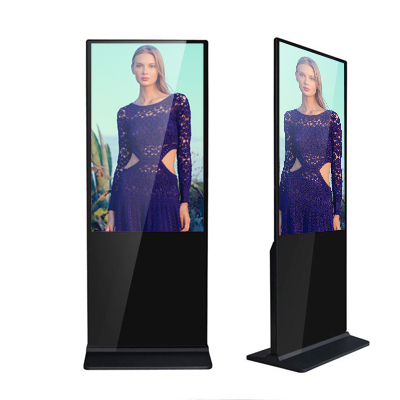
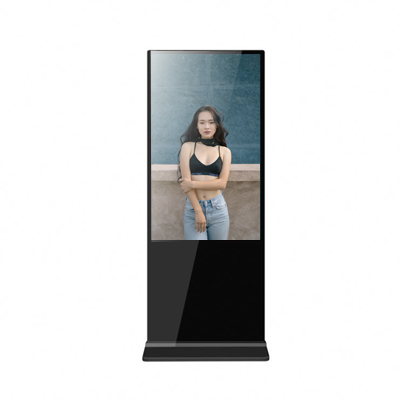
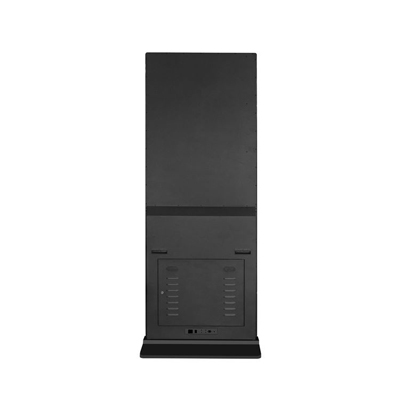
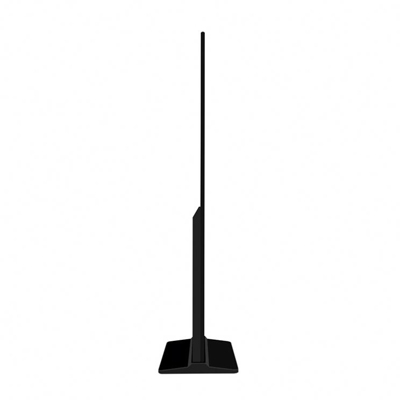
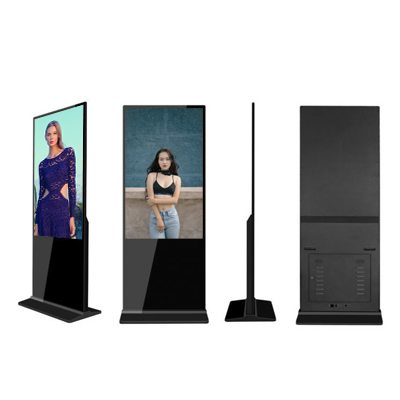
When it comes to image quality and resolution, ultra-thin LCD screens are on par with standard LCD screens. Both types of displays utilize liquid crystal technology to produce images. The image quality primarily depends on factors such as panel technology, pixel density, and image processing capabilities rather than the thickness of the display.
Ultra-thin LCD screens can achieve high resolutions, including Full HD (1920 x 1080 pixels), 4K UHD (3840 x 2160 pixels), and even higher resolutions. The pixel density is determined by the screen size and resolution, meaning that smaller ultra-thin LCD screens can offer higher pixel densities and therefore sharper images. However, it's important to note that image quality also depends on factors such as color accuracy, contrast ratio, and viewing angles, which can vary depending on the specific manufacturer and model.
In terms of image quality, both ultra-thin and standard LCD screens can provide vibrant colors, sharp details, and good contrast. These displays are capable of rendering a wide color gamut, ensuring accurate and lifelike color reproduction. Advanced image processing technologies, such as local dimming and HDR (High Dynamic Range), are commonly incorporated into both types of displays to enhance contrast and improve overall image quality.
Overall, whether it's an ultra-thin LCD screen or a standard LCD screen, the image quality and resolution are primarily determined by the underlying panel technology, pixel density, and image processing capabilities rather than the thickness of the display.
Ultra-thin LCD screens have a wide range of potential applications and can benefit numerous industries. Here are some examples:
Consumer Electronics: Ultra-thin LCD screens can be used in smartphones, tablets, laptops, and other portable devices to provide high-quality displays without adding bulk or weight. The thin form factor enhances the overall aesthetics and portability of these devices.
Televisions and Home Entertainment: Ultra-thin LCD screens are increasingly used in high-end televisions, allowing for sleek and space-saving designs. They provide excellent picture quality, vibrant colors, and wide viewing angles, enhancing the home viewing experience.
Digital Signage and Advertising: Ultra-thin LCD screens are well-suited for digital signage applications in retail stores, airports, hotels, and other public spaces. Their slim profile and high-quality displays attract attention and deliver impactful visual messages.
Automotive Displays: Ultra-thin LCD screens can be integrated into car interiors for infotainment systems, instrument clusters, and rear-seat entertainment. The thin design facilitates seamless integration and enhances the overall aesthetics of the vehicle's interior.
Healthcare: Ultra-thin LCD screens find applications in medical equipment, such as patient monitoring systems, surgical displays, and diagnostic devices. Their compact and lightweight design makes them suitable for various healthcare environments.
Industrial and Control Systems: Ultra-thin LCD screens can be used in industrial control panels, HMI (Human-Machine Interface) devices, and automation systems. The slim form factor allows for efficient use of space and facilitates easy integration into machinery and equipment.
Architecture and Interior Design: Ultra-thin LCD screens can be incorporated into smart mirrors, smart windows, and interactive displays in architectural and interior design applications. They offer a unique blend of functionality and aesthetics.
The manufacturing process of ultra-thin LCD screens involves several key steps and technologies:
Liquid Crystal Panel Fabrication: The first step involves manufacturing the liquid crystal panel. It begins with the production of two glass substrates, typically made of thin glass. The substrates are carefully cleaned and coated with a thin layer of alignment material. Liquid crystal material is then injected between the substrates, and a sealing process is performed to encapsulate the liquid crystal material within the panel.
Backlighting: Ultra-thin LCD screens often employ LED (Light-Emitting Diode) backlighting technology to illuminate the display. LED backlight modules are integrated into the LCD panel to provide uniform and adjustable lighting. The backlighting can be edge-lit or direct-lit, depending on the specific design and requirements of the display.
Thin-Film Transistors (TFTs): Ultra-thin LCD screens utilize thin-film transistor technology to control the individual pixels on the display. TFTs are typically fabricated on a glass substrate using semiconductor manufacturing processes. These transistors act as switches, allowing precise control over the liquid crystals in each pixel.
Color Filters and Polarizers: To achieve full-color displays, ultra-thin LCD screens incorporate color filters and polarizers. Color filters are applied to each pixel to selectively transmit red, green, or blue light. Polarizers are used to control the orientation of light waves passing through the liquid crystal material, allowing for the creation of images with accurate colors and contrast.
Driver Electronics: Driver electronics are responsible for controlling the operation of the display. These electronics include timing controllers, gate drivers, and source drivers. They receive video signals, process them, and transmit the necessary signals to activate the individual pixels.
Enclosure and Packaging: Once the LCD panel and electronics are manufactured, they are carefully assembled and enclosed within a protective casing. The enclosure provides structural support, protects the internal components, and ensures proper heat dissipation.
It's important to note that the exact manufacturing process and technologies used can vary depending on the specific manufacturer and the type of ultra-thin LCD screen being produced. Advancements in manufacturing techniques, such as flexible substrates and OLED (Organic Light-Emitting Diode) technology, have also contributed to the development of ultra-thin and flexible displays.
 What is Interactive Electronic Whiteboard?
What is Interactive Electronic Whiteboard?
May , 26-2023
May , 19-2023
Related LCD & LED Displays
CARRY DISPLAY,
MAKE THE VISUAL BETTER

